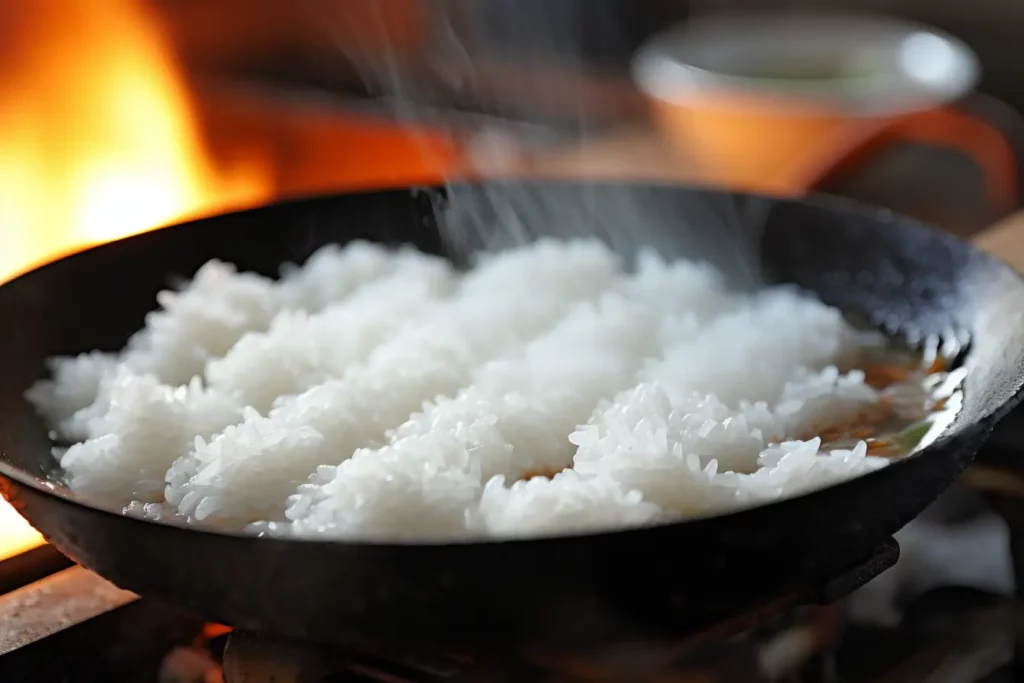The art of sushi fascinates all over the world due to its fine balance between taste and aesthetics. However, the selection of ingredients poses not only culinary but also ecological and health challenges. This article sheds light on critical aspects surrounding sushi ingredients, starting with considering sustainability when choosing types of fish. The use of species threatened by overfishing has a direct impact on the fragile ecosystems of our oceans. Furthermore, artificial additives in sushi, which often go unnoticed, are coming into focus, as well as the essential measures to avoid cross-contamination to ensure a safe and healthy eating experience. Not to mention the quality of rice and seaweed – the heart of any sushi – as well as the sweet sauces and toppings, which may seem tempting but often don’t conform to traditional sushi preparation.
Endangered fish species
Title: Sustainability on the sushi plate: A must-have for the conscious connoisseur
It’s no longer a secret that sushi has experienced a true renaissance in recent years and has become an integral part of today’s food culture. The carefully rolled or pressed rice experience, topped with the finest fish delicacies, has become an integral part of the modern lifestyle menu. But while we satisfy our taste buds with all kinds of colors and shapes of this Japanese delicacy, we can’t ignore the fact that the protection of the oceans and their inhabitants is closely linked to our passion for sushi.
The conscious enjoyment of sushi starts with the selection of sustainable types of fish. Overfishing and unsustainable fishing methods are serious problems that threaten marine biodiversity. There are fish species that are in danger of extinction, and in order not to further disturb the ecological balance of the oceans, these species should be avoided.
The next time you go to sushi, you should make sure to choose restaurants that are transparent about their sources of supply and that have a proven track record of sustainably caught fish. Certifications and seals, such as the MSC (Marine Stewardship Council) seal, are a good indication to ensure that ocean life is not endangered without hesitation.
Aside from choosing the right restaurant, choosing certain types of fish can also make a big difference. Instead of reaching for endangered tuna, perhaps a lesser-known but more sustainable alternative could be chosen. Creative chefs are also discovering more and more plant-based alternatives that can enrich the sushi experience just as much.
In conclusion, it is the responsibility of every connoisseur to be attentive not only to their palate, but also to the well-being of the seas. The protection of fish varieties when enjoying sushi is crucial in order to maintain the joy of this special kind of art and enjoyment in the long term. Thus, the sushi trend dish remains not only a feast for the senses, but also a sign of a mindful use of our planet’s resources.
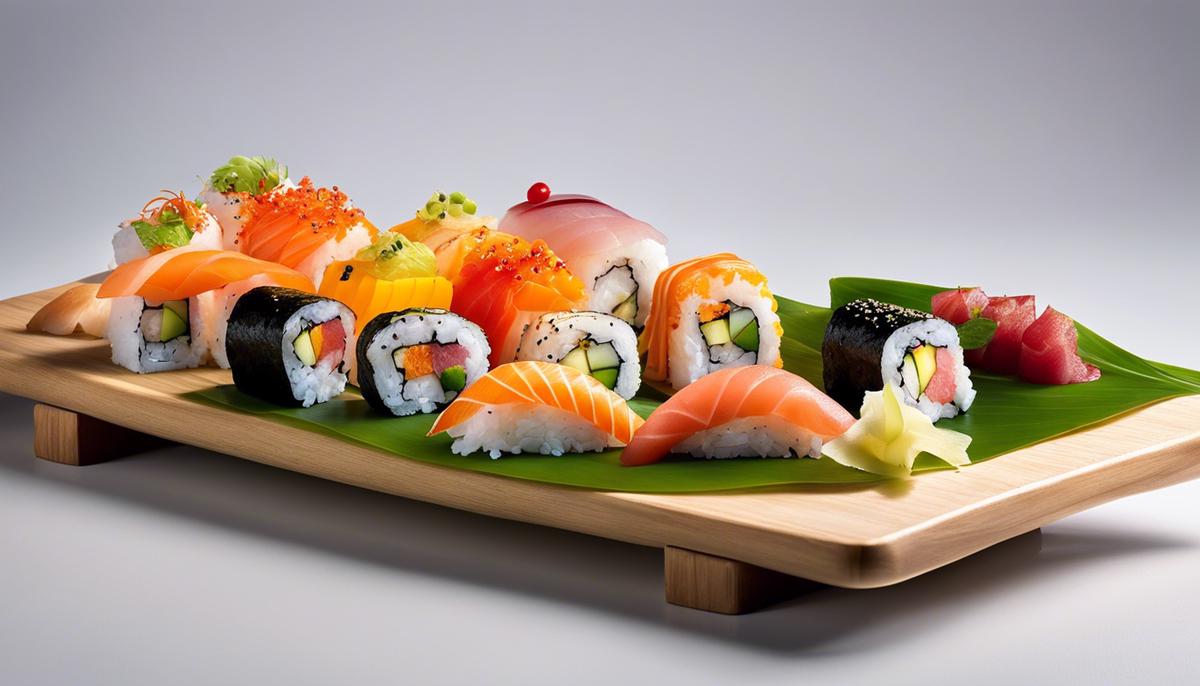
Artificial additives
Sushi is not only a delicious delicacy, but also a reflection of aesthetics and quality. It’s all about presenting fresh ingredients in perfect harmony. But what is hidden behind this backdrop of apparent freshness and beauty? The answer is sometimes surprising: artificial additives. These can range from flavor enhancers to preservatives to colorants.
When it comes to preservatives, you usually come across sorbic acid or other chemical compounds that are incorporated into the fish to extend the shelf life. Flavor enhancers such as glutamate are used to intensify the umami flavor that is the hallmark of good sushi. Dyes find their way mainly into side dishes such as pickled ginger, which is often given a more intense color by additives to make a visual impression.
The risks of such additives should not be underestimated. Apart from individual intolerances and allergies, regular consumption of foods with chemical additives can lead to a burden on the body. In addition, some of these substances are suspected of impairing well-being in the long term and leading, for example, to headaches or digestive problems.
As connoisseurs and connoisseurs, it is important to realize that the quality of sushi depends not only on the taste, but also on the purity of the ingredients. A critical look can help to identify offers where the use of additives should be questioned. Questions about the aroma, freshness and natural texture of the sushi should always be asked.
In order not only to do something good for the body, but also to meet your own aesthetic requirements, it is advisable to visit sushi places that do not use artificial additives and focus on naturalness and authenticity. Thus, not only the palate, but also the eye and the conscience are delighted. As we all know, true beauty comes from within – and that also applies to sushi.
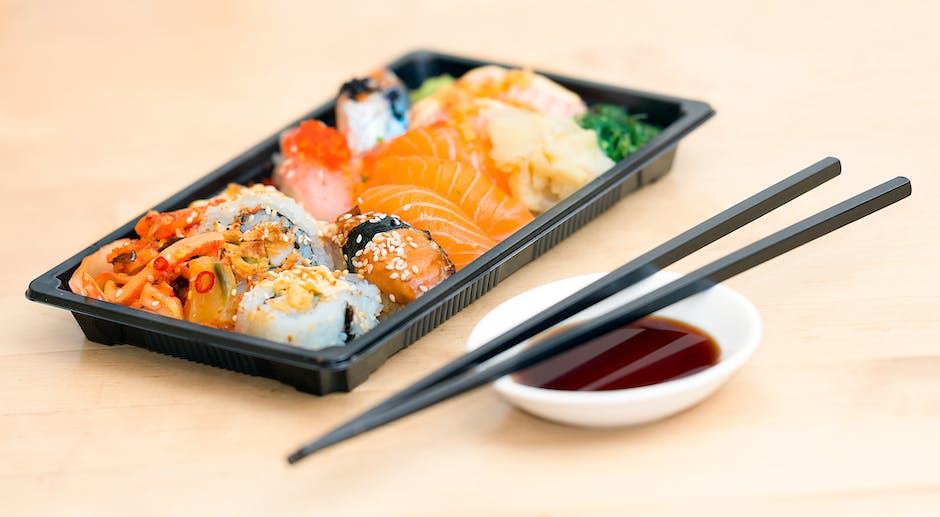
Cross-contamination
With a view to an aesthetic experience and unadulterated taste, the importance of good quality sushi is becoming more and more central. But not all that glitters is gold. This is especially true when enjoying sushi, where cross-contamination can quickly tarnish the experience.
A key aspect is the handling of allergens. In sushi restaurants where a wide variety of ingredients are used, the risk of cross-contamination is high. Products such as seafood, soy and wheat often find their way into the creations next to each other and can leave traces on the other dishes. For allergy sufferers, this can not only spoil the enjoyment, but also pose real health risks.
To prevent this, cleanliness is the be-all and end-all. Knives and cutting boards should always be thoroughly cleaned between processing different ingredients. The storage of food also plays an important role. Ingredients must be stored separately and accurately labeled to prevent contamination. Restaurants should be transparent and disclose their own processes.
Mindfulness is also required when preparing vegetarian or vegan sushi variants. Products intended for these special options should not have any contact with fish or meat products. Restaurant owners and sushi chefs have a responsibility to ensure that these offerings also offer the pure taste and high quality that can be expected from a first-class sushi.
If you are a guest in the sushi restaurant, you should not hesitate to ask the staff about the preparation of the food. A high-quality restaurant will always respond openly and clearly to inquiries regarding allergens and preparation methods. After all, it is essential that the rest of the shopping experience is handled in the same way – with transparency and care.
Paying attention to cross-contamination not only ensures guest safety and satisfaction, but also paves the way for an irresistible, natural taste experience. This is the only way to keep your love for sushi unclouded and to enjoy the work of art on your plate with all your senses.
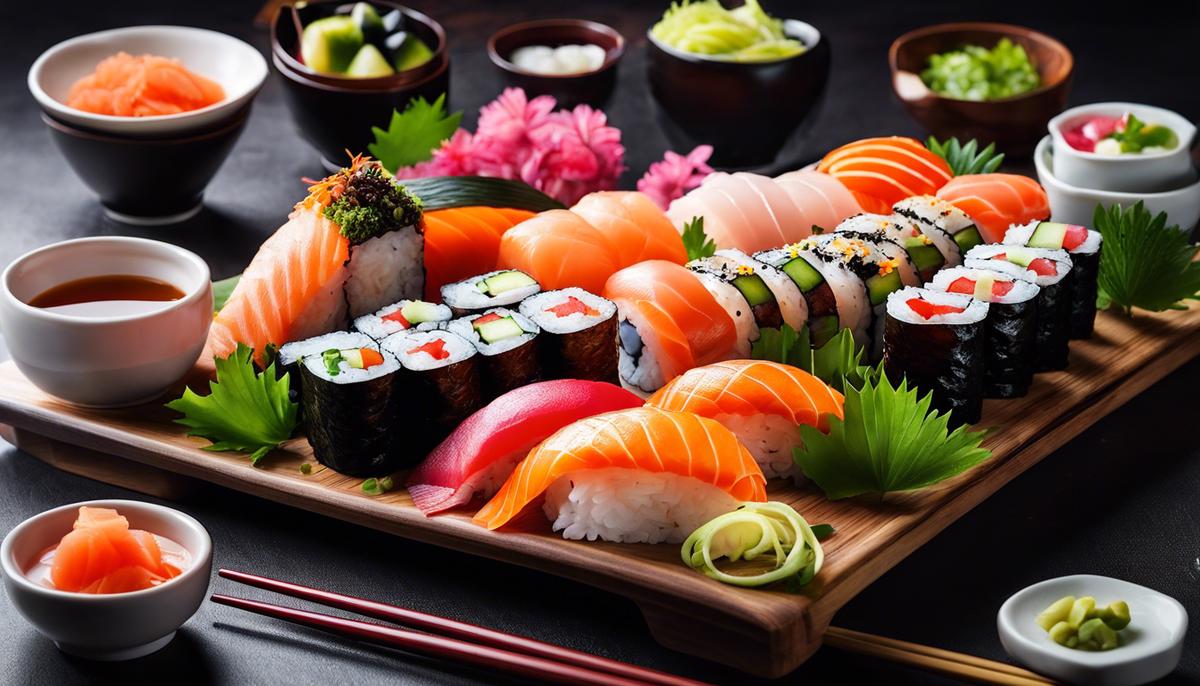
Selection of rice and seaweed
Now that we’ve explored the deeper aspects of sustainability and ingredient quality when enjoying sushi, it’s time to focus on the importance of high-quality rice and seaweed and how to choose them. Just as much a work of art as a feast for the palate, every detail must be right when preparing sushi. The right varieties of rice and seaweed are crucial to guarantee authenticity and taste.
First of all, the rice: sushi rice is the soul of every sushi bite. It should be sticky but single-grained to achieve the perfect consistency. Short-grain rice, especially “japonica”, are ideal for sushi. They have just the right structure to achieve the classic, sticky-light texture after cooking and seasoning with rice vinegar, sugar and salt. The goal is a subtly sweet and sour flavor that does not overpower the fish, but elegantly complements it.
On the other hand, there is seaweed, or better known as nori, the green coating of some types of sushi. Nori should be bold but not too powerful in flavor while maintaining a crunchy texture. Lightly toast the nori sheet over an open flame to make it crisper and intensify its flavor. High-quality, dried seaweed leaf is rich in minerals and has a subtle umami flavor that completes the sushi experience.
However, care should be taken to avoid low-quality rice and seaweed varieties. Cheap rice that isn’t meant for sushi can be soggy and tasteless, thus ruining the sushi experience. It’s a similar story with low-quality nori, which often has a rubbery texture and an overwhelmingly fishy taste. These varieties can also often contain chemical additives, making them a far cry from the natural, pure enjoyment that is intended.
To enjoy truly authentic sushi, it is necessary to bet on premium ingredients. For example, it is recommended to look for certified organic rice and seaweed that are grown without the use of artificial fertilizers and pesticides. Not only are these products better for the environment, but they also promote the pure flavor that is crucial in sushi.
Finally, when visiting a sushi restaurant, don’t hesitate to ask the staff about the origin and varieties of rice and noris used. A transparent approach to the ingredients speaks for the quality of the restaurant and the commitment to excellent sushi. It also reflects an awareness of the high value that the customer has in preserving traditional preparation practices and strengthening sustainable practices in the restaurant industry.
So, the next time the exquisite world of sushi calls, remember how central superb rice and nori are to the ultimate sushi experience. Because as with any aspect of life, attention to detail makes all the difference.
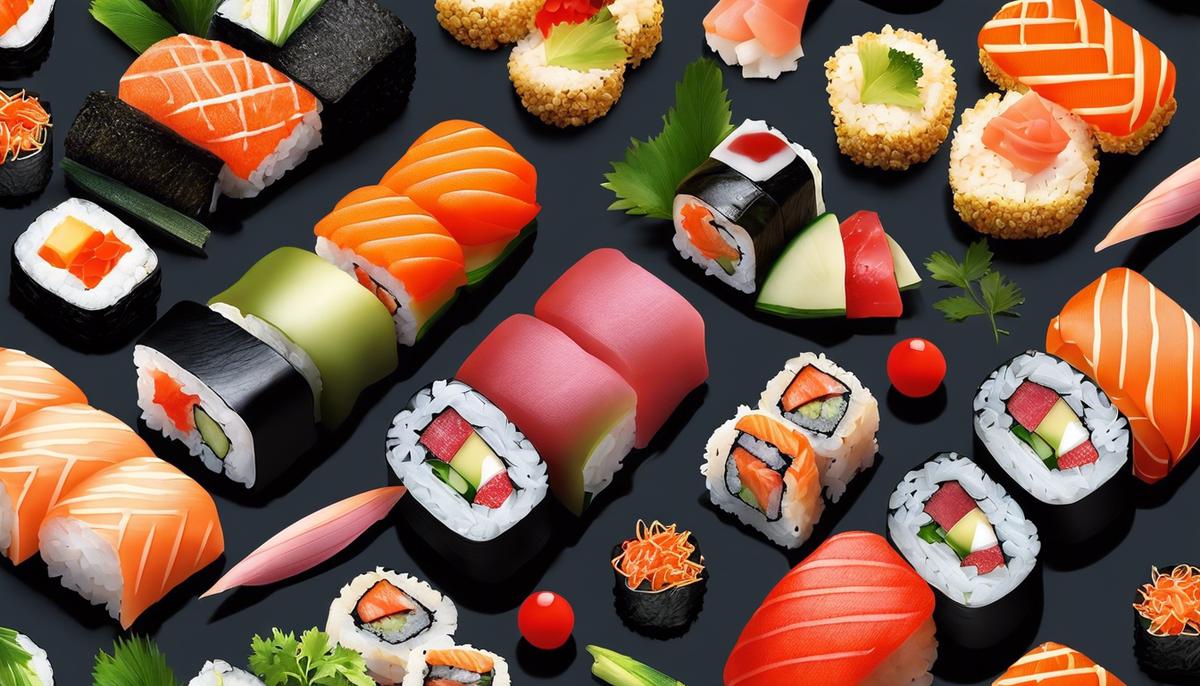
Sweet sauces and toppings
The interplay of taste and health is crucial, especially when enjoying sushi.
The purity of the flavors contained in the authentic sushi creations is not only an expression of culinary art, but also reflects the care with which the meal is prepared. But in modern sushi cuisine, sweet sauces and toppings are increasingly creeping in, the excess of which can not only mask the subtle, natural flavors, but also affect health.
Let’s start with the sweet sauces that are often served as an accompaniment to sushi. Enjoyed in moderation, they can provide a pleasant contrast to the salty spiciness of soy sauce and the spiciness of wasabi. But too much of it not only masks the natural tastes of the fresh ingredients, but also leads to unnecessary calorie intake.
As for toppings, the situation is similar. Toppings like crispy tempura crumbs, sweet teriyaki sauce, or mayonnaise-based dressings are appealing and add some texture to the dish. But beware: these additives charge the dish with hidden fats and sugars that are not really compatible with sushi, as an otherwise light and healthy meal.
But it’s about more than just the taste and calories. Health is also at stake. Many of these sauces and toppings contain preservatives, colorings, and artificial flavor enhancers that should have no place in a natural or organic preparation of sushi. They are at odds with the authenticity and simple elegance of sushi, which lets the ingredients speak for themselves.
For those who are sensitive to the additives, such modifications can also trigger health problems. That’s why the choice of a sushi restaurant should be made carefully: restaurants that value fresh, natural ingredients and avoid excessive sweet sauces and toppings guarantee not only a more genuine taste experience, but also a meal that is in line with a healthy lifestyle.
Those who want to fully experience the art and enjoyment of sushi should focus on the simple pleasures: the quality of the rice, the freshness of the fish, the craftsmanship of the preparation. Because sometimes less is more – and that’s exactly what applies to sushi, where the reduction to the essentials leads to an unforgettable taste experience.
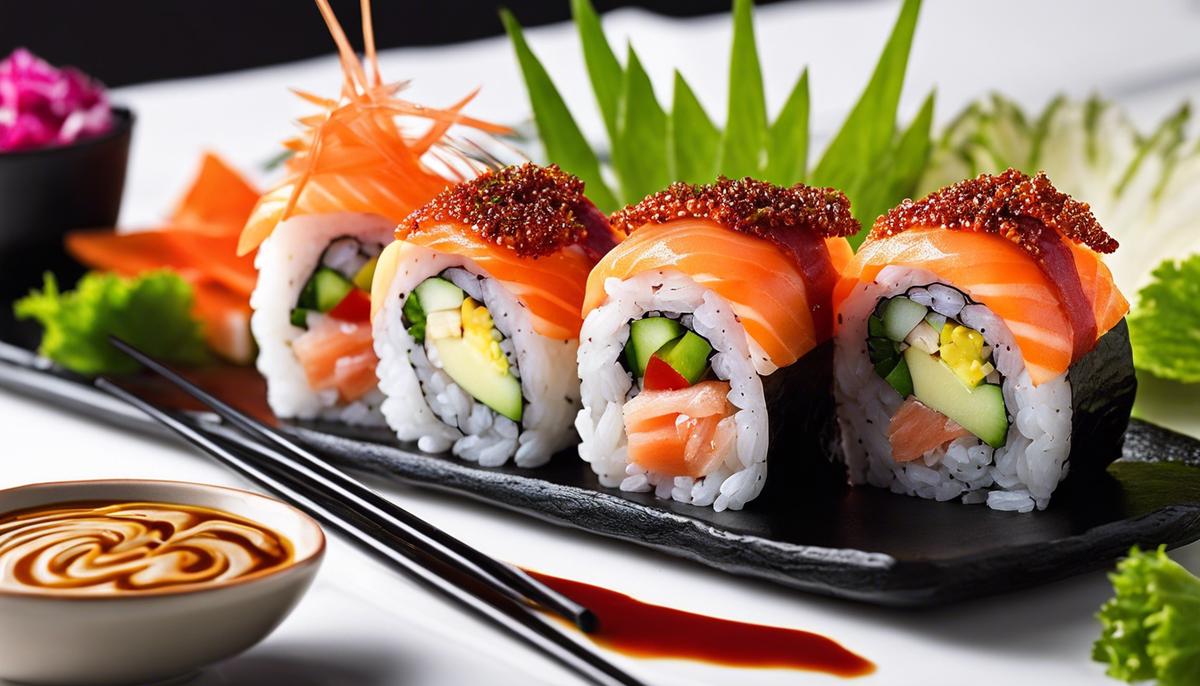
Sushi is much more than a trendy dish – it is a testimony to culinary art, tradition and respect for the sea and its resources. Dealing with the sushi ingredients that should be avoided brings light into the dark corners of sushi preparation and challenges every sushi lover to prioritize both culinary quality and respect for the environment and health. The choice of sustainable fish, natural ingredients without artificial additives, compliance with strict hygiene standards, as well as the prudence in the use of sweet sauces and toppings, reflect the responsible enjoyment of this globally revered dish. May this understanding form the basis for a mindful and more environmentally friendly sushi culture that will be preserved for future generations and allow for a sensual eating experience with a clear conscience.


